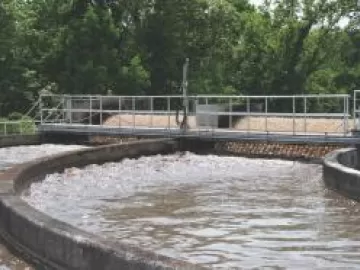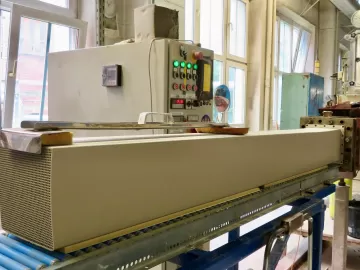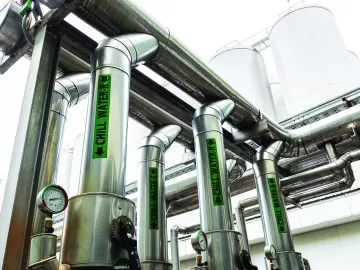Technology

Word is beginning to filter out about the 2022 changes to the ASHRAE 90.1 energy efficiency standard, and the changes it promises to bring to how compressed air systems are specified, commissioned and maintained. More specifically, the industry is learning about section 10.4.6 of 90.1, which is the first time the standard has included a section on compressed air.
[ Read Full Story ]
Centralized Compressor Controls Save Tremendous Amounts of Energy
[ Read Full Story ]
How Efficient Are Those Pneumatic Valves?
[ Read Full Story ]
Furniture Maker Goes with Tri-Lobe Blowers
[ Read Full Story ]
The Importance of Condensate Drains on Air System Efficiency
[ Read Full Story ]
Oil Exploration . . . In the Food & Beverage Industry
[ Read Full Story ]
Plastic Molder Reduces $3.2 Million Energy Spend with Pneumatic Cylinder Retrofits
[ Read Full Story ]
The Energy Costs Associated with Nitrogen Specifications
[ Read Full Story ]
Plastics Processor Outsources Compressed Air as the 4th Utility
[ Read Full Story ]
Pneumatic and Vacuum Energy Optimization in OEM Machines
[ Read Full Story ]











